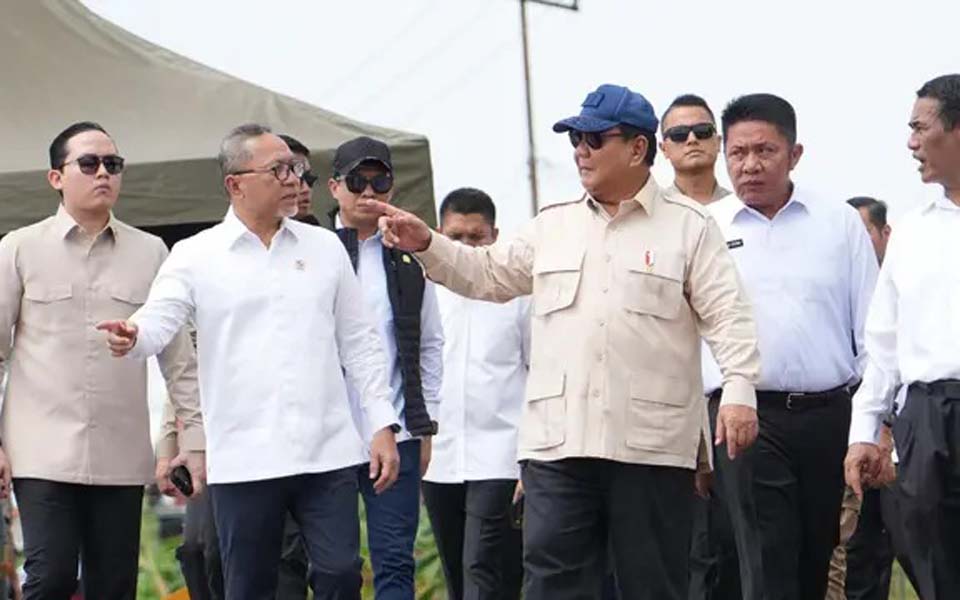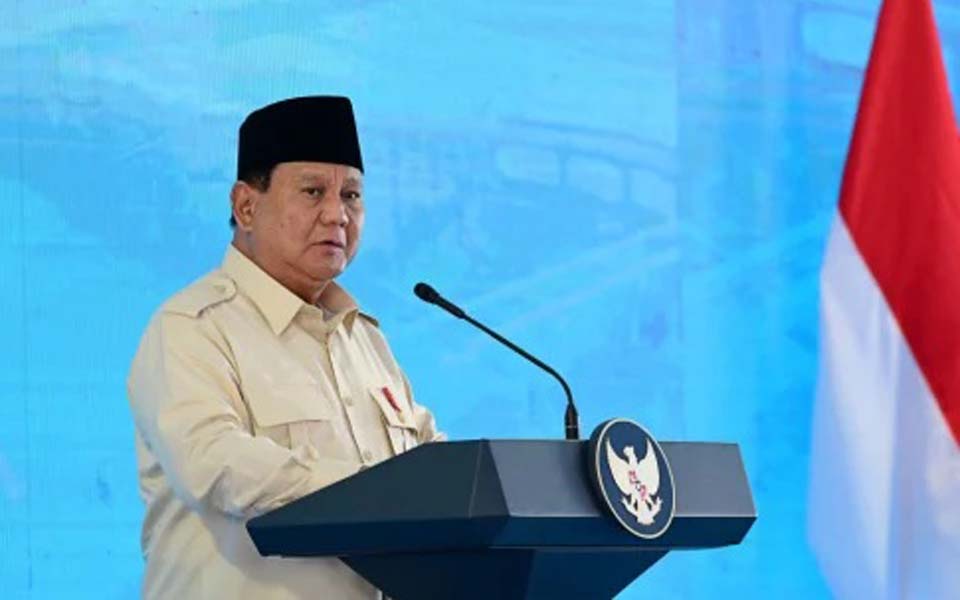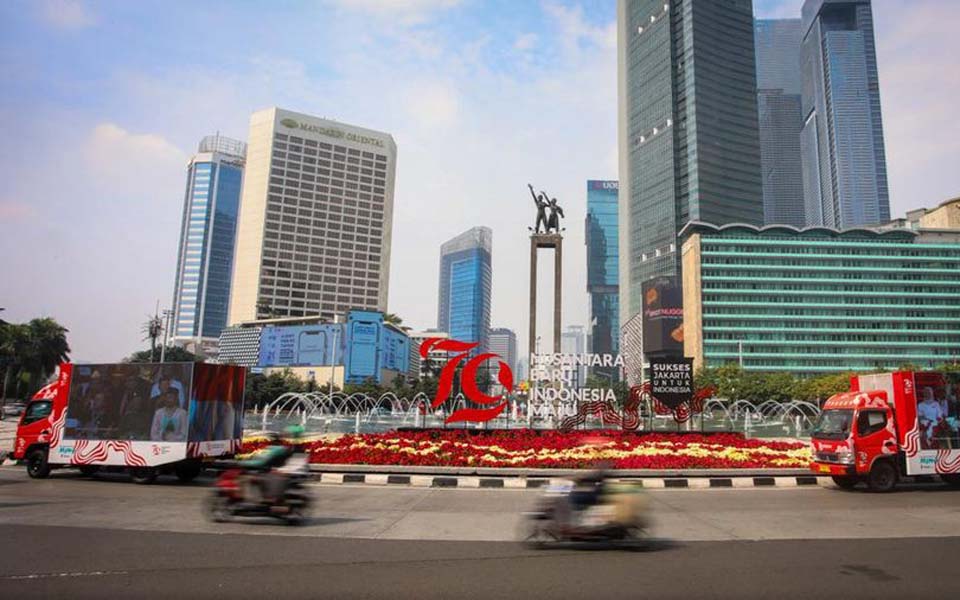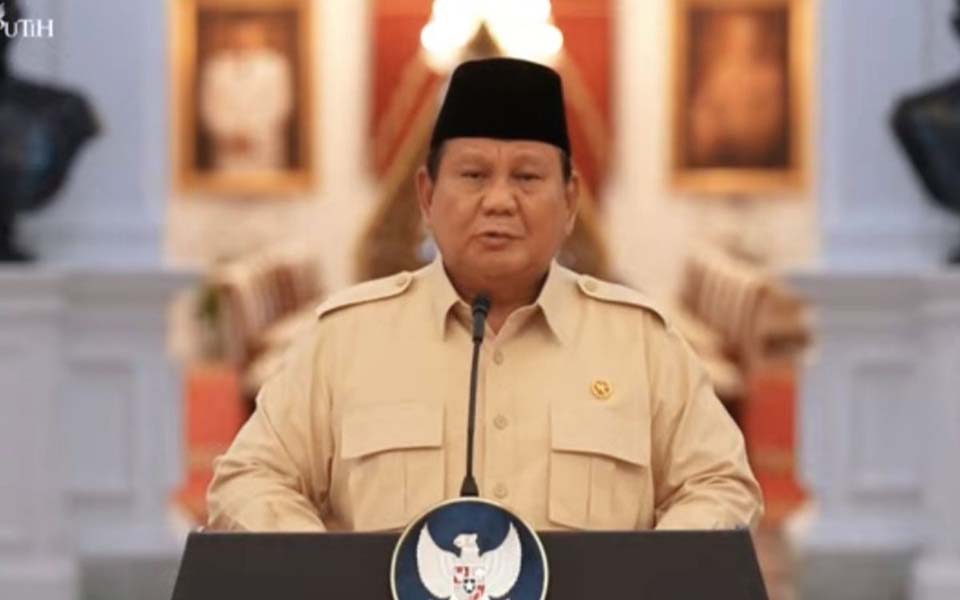Yura Syahrul – According to the World Bank, inequality levels in Indonesia have steadily increased over the last 15 years. The rate at which this inequality has risen is the fastest among countries in the East Asia region.
This situation could create negative impacts by slowing economic growth and having the potential for social conflict.
According to World Bank Country Director for Indonesia, Rodrigo A. Chaves, Indonesia’s economic growth over the last 15 years has been relatively stable. Per capita Gross Domestic Product (GDP) has averaged at 5.4 percent per year between 2000 and 2014. This has been helped by a reduction in poverty rates and a growing middle-class.
Prior to the 1997/1998 economic crisis the poverty rate stood at 24 percent of the total population. In 2014 this had declined to 11 percent.
Meanwhile the number of people defined as middle-class grew to 45 million or 18 percent of the total population. The middle-class refers to those with a monthly expenditure of 1 million rupiah (US$130) per person.
This situation however only benefited the richest 10-20 percent of people in Indonesia. Consumption per capita (per person) per year by the richest 10 percent of the population grew by 6 percent between 2003 and 2010. Per capita consumption by the poorest 40 percent of the population meanwhile only grew by 2 percent annually.
As a result, the total number of people defined as poor between 2002 and 2016 only declined by 2 percent. The monthly expenditure of this grouping is under 300,000 rupiah (US$30) per person.
“[The economic welfare] of well off rose faster than the majority of Indonesian society”, said Chaves when explaining the results of a World Bank study titled “Ending Inequality for Indonesia” in Jakarta on Tuesday December 8.
The widening wealth gap in Indonesia society can be seen from the consistent rise in the Gini Coefficient. This is a measure of income and wealth inequality of a society. A Gini Coefficient of 0 indicates an equal distribution of wealth and a figure of 100 very unequal.
Following the 1997-1998 economic crises the number of poor increased so the Gini Coefficient also increases because everyone was hit by the impact of the crisis. The rich however were the hardest hit by the crisis.
Although the crisis is now past, the Gini Coefficient has continued to increase from 30 in 2000 to 41 in 2014, which represents a record high. “Indonesia’s current Gini Coefficient is on par with Uganda and the Ivory Coast, and worse than India said Chaves.
Moreover the level of inequality in Indonesia has grown the fastest compared with its neighbouring countries in East Asia. Yet several of its neighbours, such as Malaysia, the Philippines and Thailand have recorded declines in the Gini Coefficient.
The widening wealth gap is also reflected in the concentration of wealth in the hands of a minority of Indonesia’s population. Based on data from Credit Suisse, the World Bank notes that Indonesia’s richest 10 percent control around 77 of all the wealth in assets and money in the country. If this is further narrowed to the richest 1 percent in Indonesia, they control half of the country’s total assets.
This ratio is equivalent to Thailand which occupies second position out of 38 countries surveyed by Credit Suisse. In first place is Russia where 1 percent of the richest people control 66.2 percent of the country’s assets.
The World Bank concluded that there are four reasons for the high level of wealth and income inequality in Indonesia. First, the opportunities for people to achieve a reasonable standard of living are unequal.
World Bank Lead Economist Vivi Alatas says that these inequalities start from the moment a child is born, particularly in remote areas. “When they are born, children have already lost the opportunity to obtain access to sanitation, healthcare and education”, he said.
Second, unequal employment opportunities. Highly skilled workers receive wage increases while those employed in menial jobs do not have an opportunity to increase the skills. As a result they are trapped in low productivity and the informal sector where wages are low. Third, the concentration of wealth by a handful of people who pass this wealth to their children.
Fourth, vulnerability to economic upheavals. Around 28 million Indonesians are currently classified as poor and 68 million are included as being at risk of becoming poor. It is this group that is most affected by economic upheavals.
Based on a World Bank survey, 47 percent of respondents consider that it is very important for the government to address the issue of wealth inequality while 41 percent consider it as being quite important.
“Based on a national survey, when asked to choose between promoting economic growth or [addressing] inequality, more than 50 percent chose reducing inequality”, said Rodrigo.
The widening wealth gap could also give rise to slowing economic growth and the risk of social conflicts. Based on research, when the income of the richest 20 percent rose by 5 percent, economic growth actually slowed by 0.4 percent. Conversely, when the income of the poorest 20 percent grew by 5 percent, economic growth increased by 1.9 percent.
Meanwhile a country with high levels of wealth inequality is 1.6 times more likely to experience social conflicts. This is because there is a difference in income and services between one region and another. In the long term, this situation will also undermine economic growth.
In order to reduce these risks the World Bank is recommending four measures to address wealth inequality. First, improve public services in the regions, particularly in order to reduce wealth inequality from birth.
Second, create job and training opportunities for workers. Third, ensure social protection from economic upheavals. And fourth, use taxes and budgets to reduce inequality now and in the future.
Coordinating Economics Ministry Secretary Lukita Dinarsyah Tuwo says that the government is endeavoring to reduce inequality in the labour sector. This is being done by means of issuing economic policy packages to improve competency, skills and labour citification. “Education is important, but the results will only be felt 5-10 years from now”, he said.
In addition to this, the government is working to bring down youth unemployment rates and improve the minimum wage. Wages however must be fair, both for workers as well as employers.
Because of this therefore, starting next year the government will put into effect a new wage calculation formula based on the rate of annual inflation and economic growth.
-- Yura Syahrul, Desy Setyowati
[Translated by James Balowski. The original title of the article was Laju Ketimpangan Orang Kaya-Miskin Indonesia Tercepat di Asia.]















